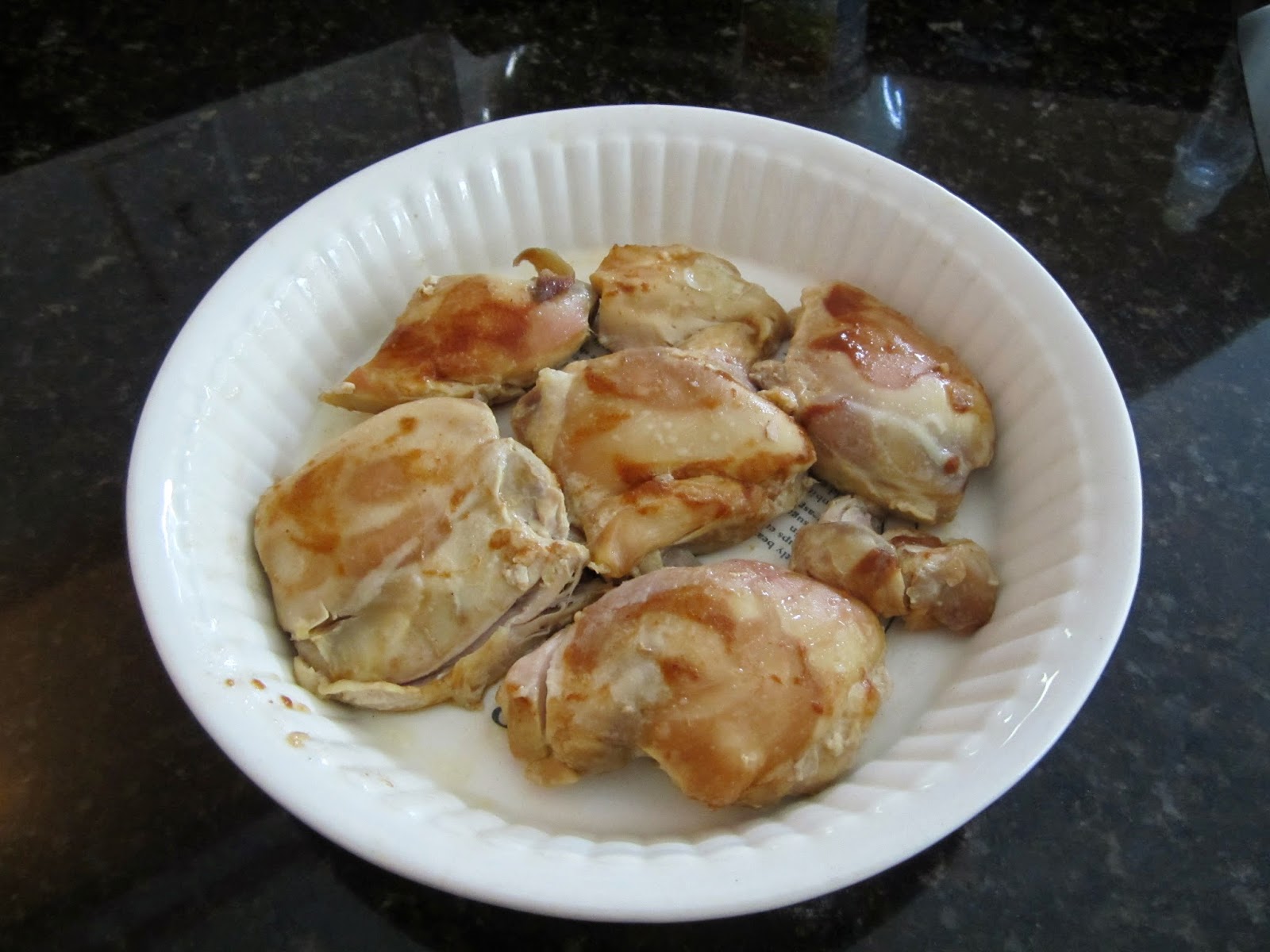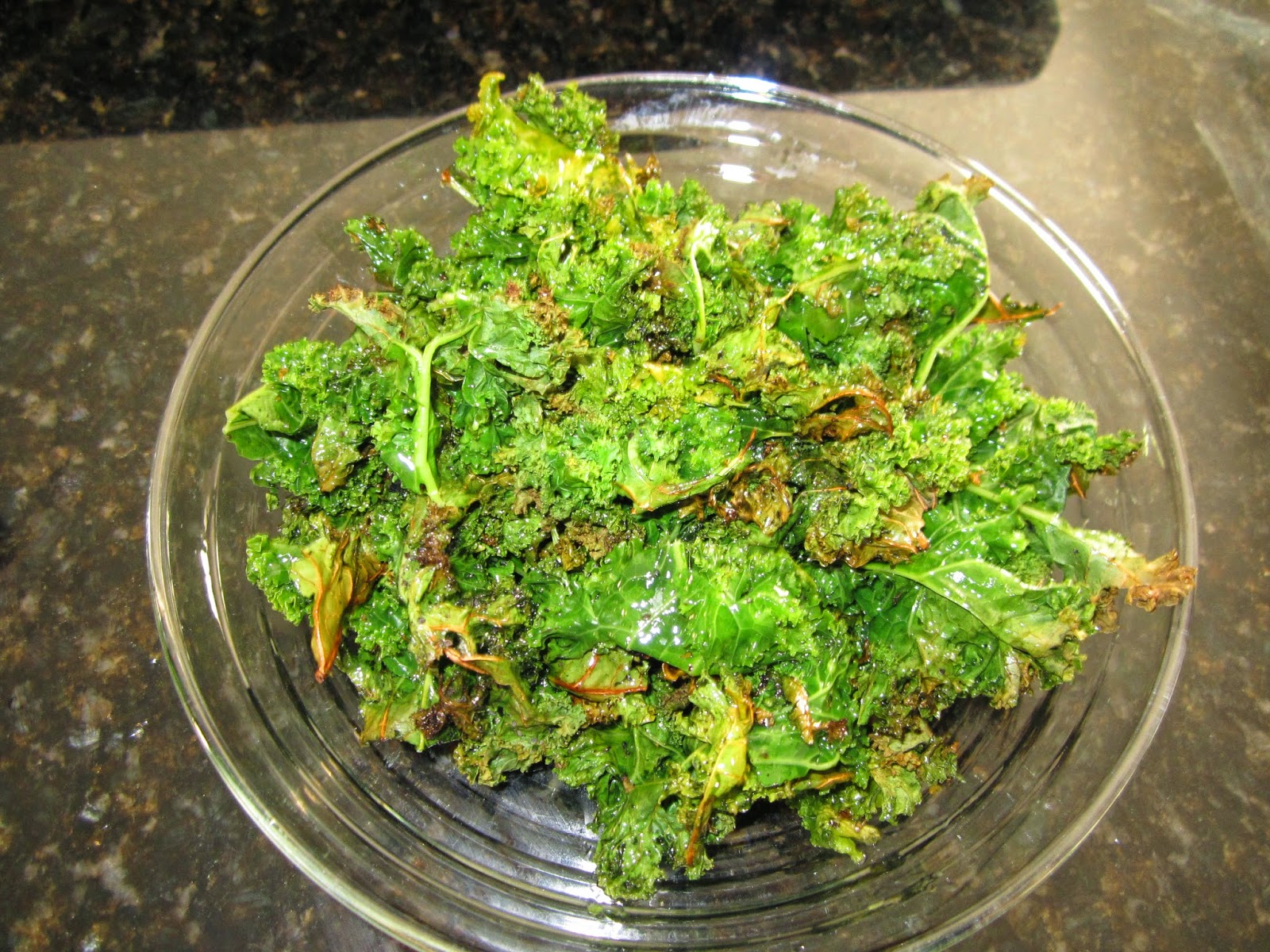Before me, there was my mother. Before her, there was her
mother and her mother-in-law. That’s a reputable trio of learning by
observation.
As the newbie of grandmothers, I feel pride in the heritage
to pass down to my grandchildren some of the favorite meals that were made for
me as a child.
Green peppers, yellow onions and garlic were staples in the
Italian kitchens when I was a child. The grandmothers would go to the market
and hand-select their vegetables. The market was not a big box grocery store.
It was the store front around the corner from the apt where they lived or
sometimes it was right below, as one lived above the store.
A canvas satchel was carried to and fro and sometimes
groceries were placed in a brown paper bag.
Meat and fresh pasta were wrapped in brown paper. Pasta was
called “macaroni” and not sold in boxes. Where my grandmothers lived, macaroni
was displayed in large glass containers and she selected the shape she needed
for the day’s dinner.
These were days of recent electric refrigeration and
refrigerators were very small. Prior to this, my grandmother owned an “ice box”.
I never saw it but I did hear quite a few stories of her buying blocks of ice
for it. She didn't own a television, so I heard a lot of stories!
Shopping would occur daily or every other day as that is all
the refrigerator could hold at one time. The vegetables bought that day, were
used that day.
Many evenings, I witnessed my grandmother and my mother
slice those green peppers and yellow onions, crush several cloves of garlic and
placed them in a frying pan of sizzling olive oil. My grandmother would then
add some tomato paste, cubed potatoes and sliced hot dogs to the mixture and we’d
eat her version of American hot dogs. When hot dogs were not available, she
would pour scrambled eggs over the mixture.
In my grandmother’s day, there was no such grocery item as “pre-sliced”
peppers and onions as I found today in the grocery store. It was a “fajita mix”
containing sliced green/red peppers and onions. At half price, it was 9.5 oz and
cost $1.49 on sale. Original price was $2.99.
I had peppers on my grocery list today but not the
pre-sliced variety. I had a 20 oz package in mind, one that cost $1.79 and it
was a multi-variety pack of red, orange and yellow. I bought more expensive
peppers and the yield will be twice what the pre-sliced packaged could offer me.
I shudder to think what the previous two generations of
grandmothers would think of pre-sliced peppers and onions. They would probably toss out accusations of “how
lazy” one would be to use this method of meal preparation.
One day, this grandmother will prepare peppers, onions,
potatoes, garlic and American hot dogs for my grandchildren as I had done for
their parents. I’m very sure that pre-sliced peppers and onions won’t be
included, not because it would be a lazy thing to do, it just wouldn't be a
frugal thing to do.
SOUND THE BUGLE! Today’s tip: To save money on groceries, pre-sliced
vegetables such as celery, carrots, zucchini and peppers will be a budget buster.
To save time and money, set aside 15 min over the weekend and pre-slice your
vegetables in advance to use during the week. If doing this with potatoes,
remember to cover them in cold water and a lid before storing in the refrigerator
to keep them from discoloring
PEPPERS for $1.79
PEPPERS FOR $1.49

.JPG)
.JPG)







.JPG)


.JPG)
.JPG)







































